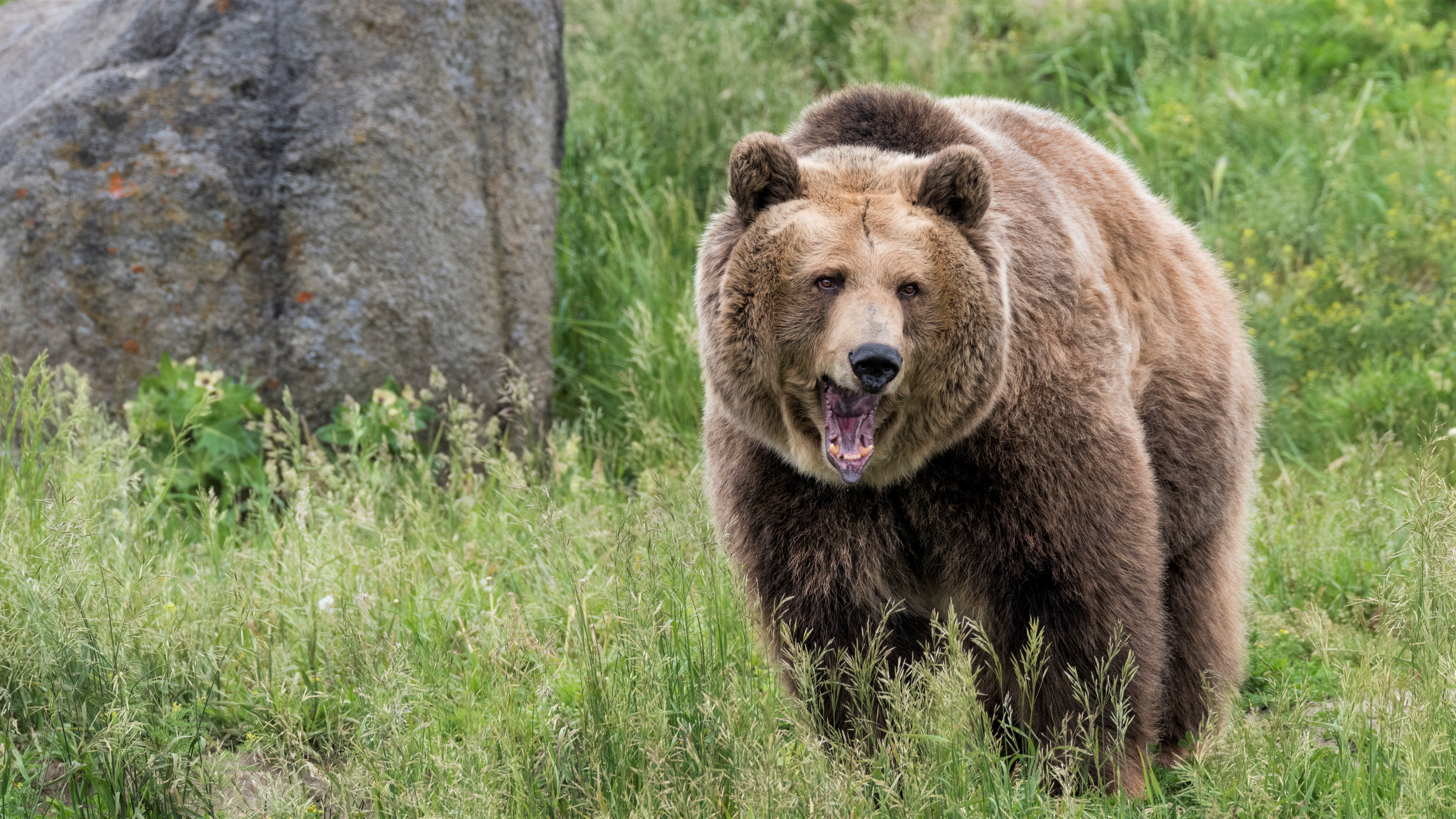
Perhaps you saw that headline circulating last week about a grizzly bear chasing a moose through a deserted Montana campground. If you did, you almost certainly wanted to know more. Whether it’s a wildlife on wildlife story like that one or a man surviving a mauling by a grizzly bear when it accidentally bites his can of pepper spray, there’s no doubt about it – we can’t get enough of grizzly bears. Or black bears for that matter. And bear biologist Wes Larson has a theory as to why.
“It taps into something that is deep within all of us,” muses Larson.
“For a long time in human evolution, this was our main threat. We were prey for a lot of different things for tens of thousands of years. So it's this primal fear that almost everyone has. Maybe you don't even realize that you have it. But it's down within our psyche.”
My own interest in that video clip took me down a rabbit hole to Larson’s Instagram page, where I was faced with a photo of the biologist coming face-to-face with a black bear after crawling 80 feet down a den to conduct field observations – by no means his only closeup with a bear, but certainly his most memorable.
“That was a really a really scary night,” he recalls. “It was a night that I really had to suppress a lot of innate fears and things telling me this is not something you should be doing.”
Despite those innate fears, Larson has spent the best part of 20 years studying bears – grizzly, black, polar and sloth – and launched his own wildlife podcast Tooth and Claw to dive deeper into animal behavior. He recently agreed to speak with me on why we’re so fascinated by animal attack stories, and how learning about them can help us stay safer in wildlife country.
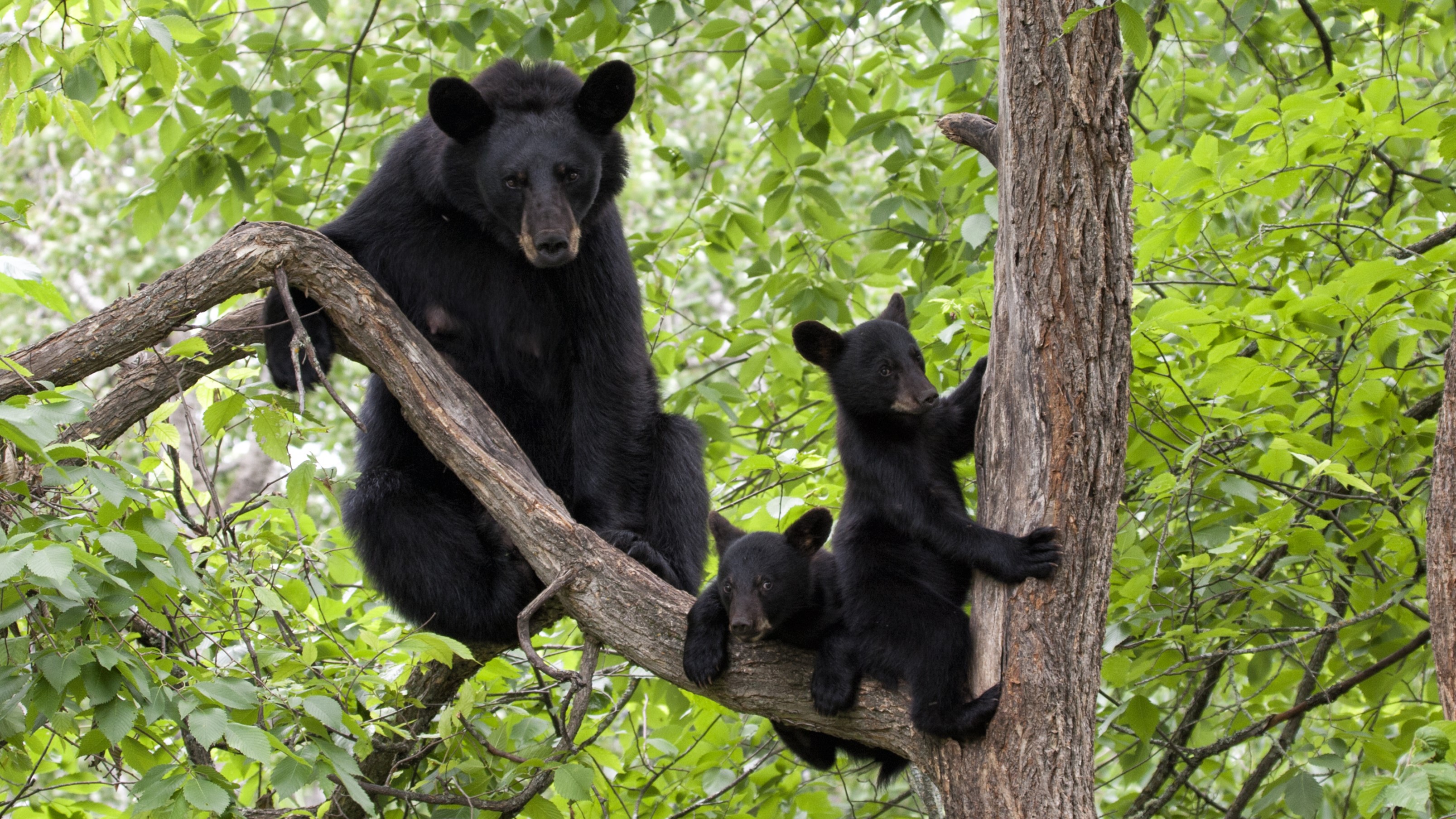
Growing up in bear country
Larson grew up in Montana where he says the constant presence of both black and grizzly bears when he was exploring the state’s trail system in his hiking boots gave him an “intoxicating feeling” for him in his childhood.
“They were always in the back of your mind and for me, especially as a kid, that made that experience so much more adventurous.”
He initially earned a degree in biology with a mind to pursuing medicine but when it came time to start shadowing doctors, he realized that a life spent indoors with no work-life balance wasn’t for him. Returning to his lifelong love of wildlife, he began to research professors who might take him under their wind. That’s how he discovered Dr Tom Smith who was conducting research on polar bears out of Utah.
With no wildlife research experience, Smith told Larson he didn’t have a space for him on the program, but the two started meeting weekly to chat about their mutual interest in bears. After about a year, Larson was hired to perform administrative tasks. That landed him a role as a tech on the polar bear project before Smith finally took him on as a graduate student.
Larson spent seven years researching polar bears, several working on sloth bears in India and another five or six on a black bear project in Utah. Most recently, he worked as a bear management specialist for Yellowstone National Park, where grizzlies and black bears co-exist.
“During those years, my daily life could look like anything from going out and hazing a grizzly bear to pushing it off of a kill that was too close to the road to installing bear-proof containers in campsites.”
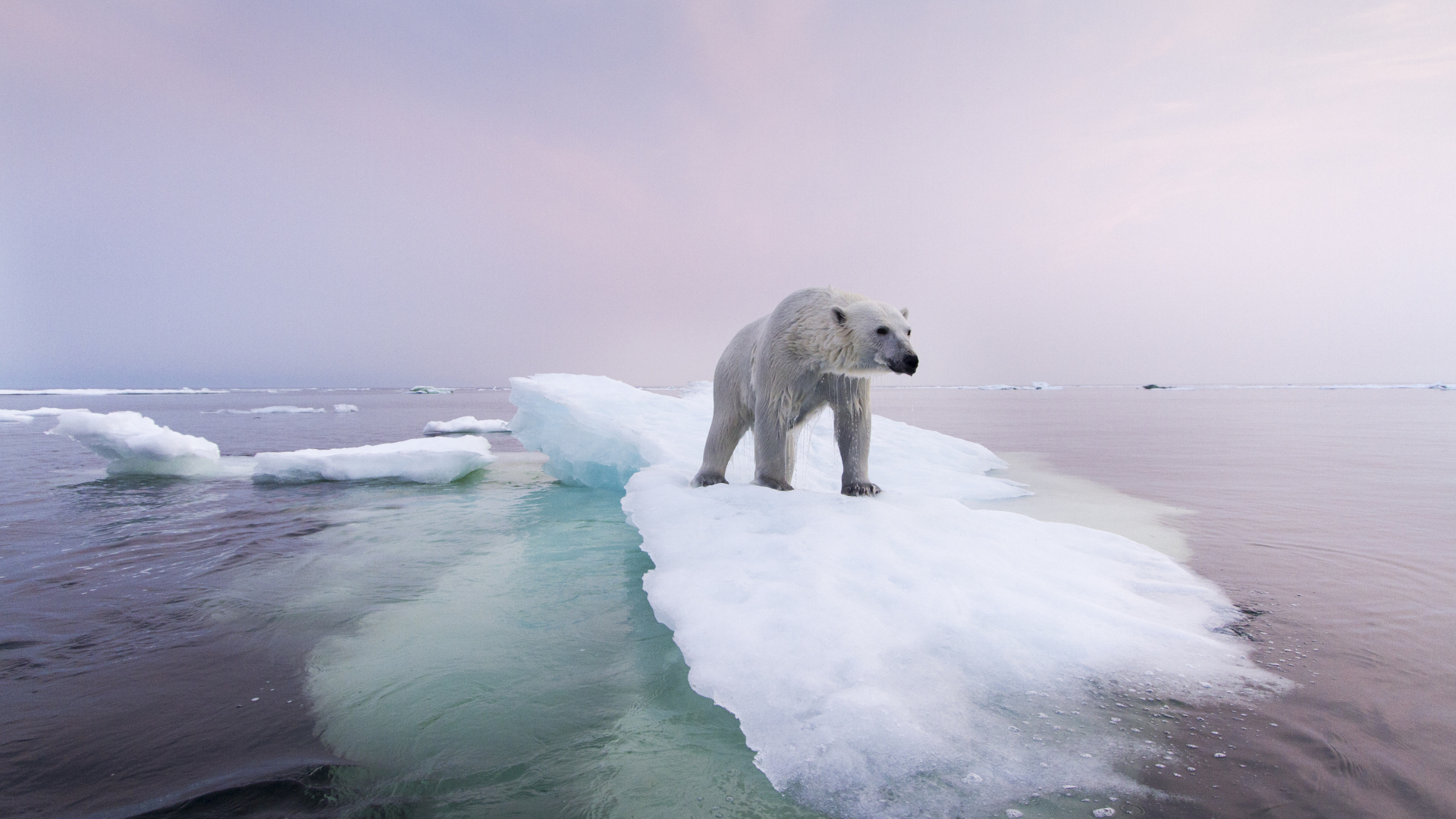
Tooth and claw
When research ground to a halt during the pandemic, Larson knew he had to find a way to put his experience to good use. He had been considering the possibility of a wildlife podcast for a while and along with his younger brother Jeff and their mutual best friend Mike Smith, he launched Tooth and Claw: True Tales of Animal Attacks in September 2020.
“The general consensus was, if you tell people about attacks then you're making people scared of wildlife and I thought that we could do it in a way where you get to hear the story,” explains Larson.
Their first story was that of Tatiana the tiger who leapt from her enclosure at the San Francisco Zoo and attacked three visitors. In the nearly four years and hundreds of episodes since, Tooth and Claw has dug into attacks on humans by pandas, pythons, sharks, alligators, mountain lions and of course, grizzly bears.
“A lot of people want the gore, and they want the crazy story and they don't necessarily care quite as much about the science, but we kind of trick them by pulling them in with these these stories that are fascinating.”
Though Larson uses available literature to research the subjects of the show, he also relies on his own field work, and sometimes even finds himself venturing into attack sites, at least when they take place in his own backyard. That’s what wound him up at Soda Butte Campground in Montana a couple of weeks ago, the scene of the 2010 grizzly bear mauling that killed one, when that moose came galloping out of the woods with a grizzly in hot pursuit.
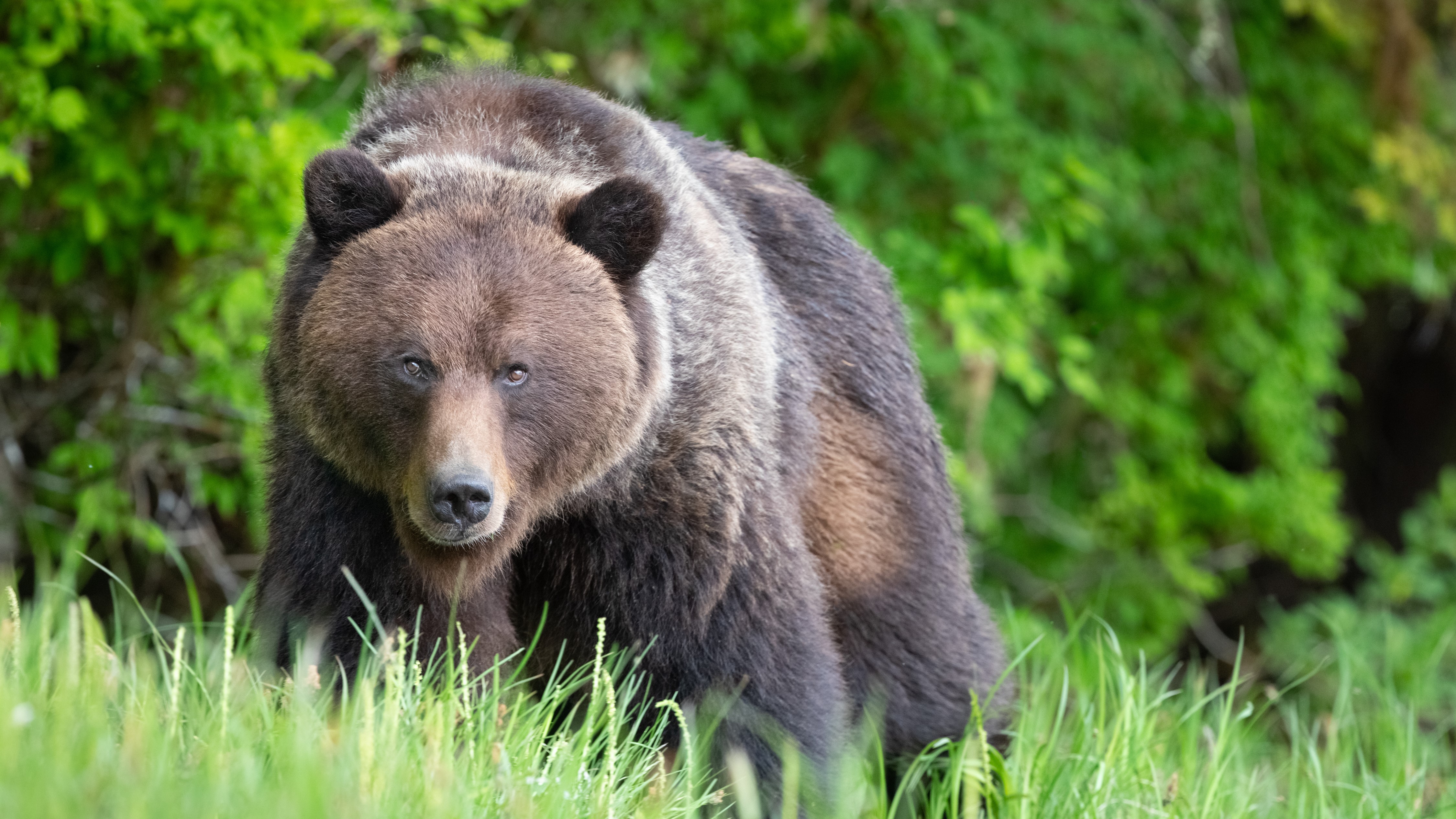
“Information is empowering”
When I listen to the Soda Butte Campground (because, after all, interest in bear attacks is embedded deep in my psyche,) I’m expecting all sensationalism and gore, but I’m pleasantly surprised to discover how much science there is.
Larson explains why mama grizzlies avoid areas where their cubs might meet male bears (they’ll eat them) and how habituation occurs, leading bears to lose their fear of humans. It’s these details that Larson says inspired him to start the podcast, because as he says, in most situations there are often measures victims could have taken to prevent the attack.
“I think when people gain that kind of information, it really empowers them. Then if you see a bear, you can actually enjoy that interaction rather than being terrified the entire time.”
Whether they come for the blood or the biology lesson, it’s working. The podcast enjoys millions of downloads each year and both of Larson’s co-hosts have quit their jobs to work on Tooth and Claw full-time.
There are bound to be listeners who are now more afraid than ever of wildlife, but there’s ample opportunity to gain knowledge from each episode, whether that’s taking your earphones out on a hike to avoid startling a bear or using a portable electrified fence around your tent when camping in grizzly bear country.
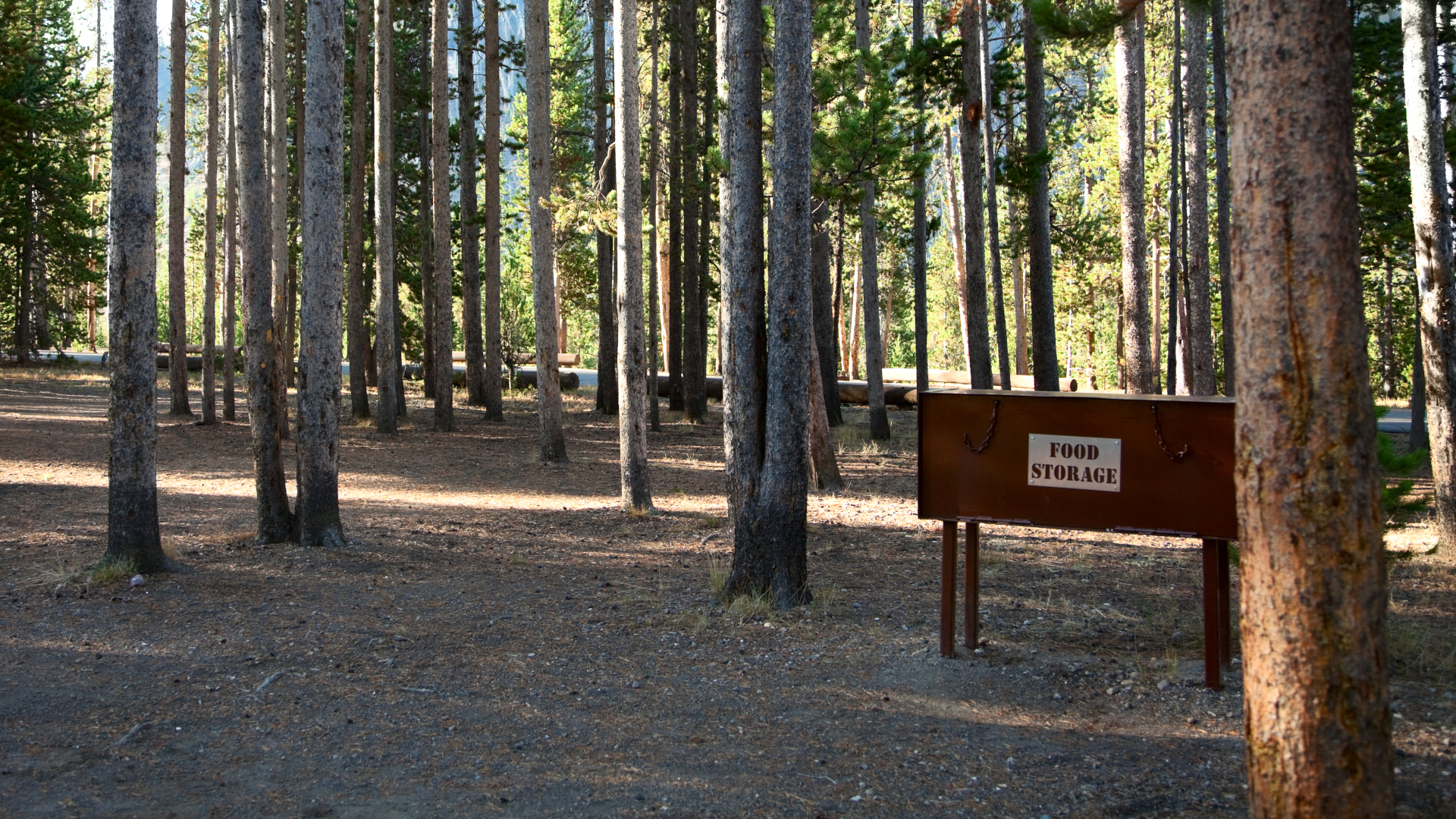
“This is an animal that can be totally unpredictable”
Despite Larson’s intention to educate about wildlife behavior, in the Soda Butte episode, one thing becomes clear – not all animal attacks can be explained by someone getting too close for a photo or leaving food inside their tents. The 2010 victims were innocently sleeping when the bears attacked.
Larson has been studying bear behavior for years, and those years have taught him two things above all else – bears can be unpredictable, and having a deterrent in bear country is your best defense. For him, that deterrent is bear spray.
“I trust bear spray. It works really well. There's plenty of studies that have been done that show how well it works and having that tool and knowing how to use it, that gives me a lot more confidence going into any kind of situation with a grizzly.”
With that confidence, he says, you can venture into a wilderness area such as Yellowstone or Alaska – two places he says are his favorite for wildlife viewing in North America – and experience these animals as more than just a potential threat.
“When you really dig into their biology and you get to know them a little bit better, you see that they're really complex animals, and they have adapted to us, and that to me is such a trophy that we need to hand to this animal because it's really hard to adapt to our presence.”
And conversely, when you remove these predators from wild spaces, those areas cease to be wild, and from Larson’s perspective at least grow “stale and tame.”
“I feel like the main thing that I've learned as I've worked with bears is a deeper appreciation for wilderness and for open spaces and places where these animals are allowed to live their natural lives.”







